My First Rwandan Wedding
Last year my one of my co-workers invited me to his sister’s wedding. I was excited to see a Rwandan wedding and compare it to what I’d seen elsewhere.
First step: Look the part
The Friday before the wedding, I went on a shopping trip with some of my co-workers to find the perfect Rwandan wedding outfit. It’s not required to wear a traditional Rwandan dress; some of my Rwandan colleagues wore Western outfits. But the majority of the women were in the umushanana – a large swath of silky fabric wrapped around the waist then draped across one shoulder, with a tank top underneath, much like a sari. One of my coworkers advised us to rent outfits. For about 5000 RWF ($7 USD) we would have the outfits for the weekend.
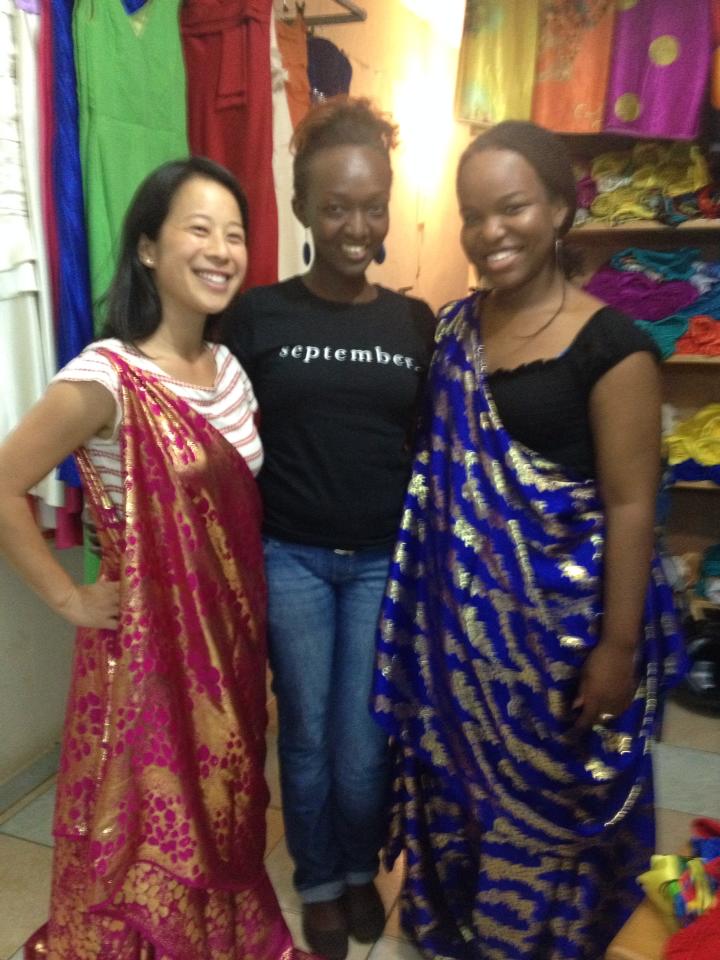
After going to a couple stores, and trying on what seemed like scores of outfits, we settled on the items above. That’s when the shopkeeper told us they were too fussy for us to wear as guests as the wedding, and really should be worn by brides. Then why did you let us try them on ma’am?
We went back to the drawing board, and I decided to go with this multi-colored fabric:
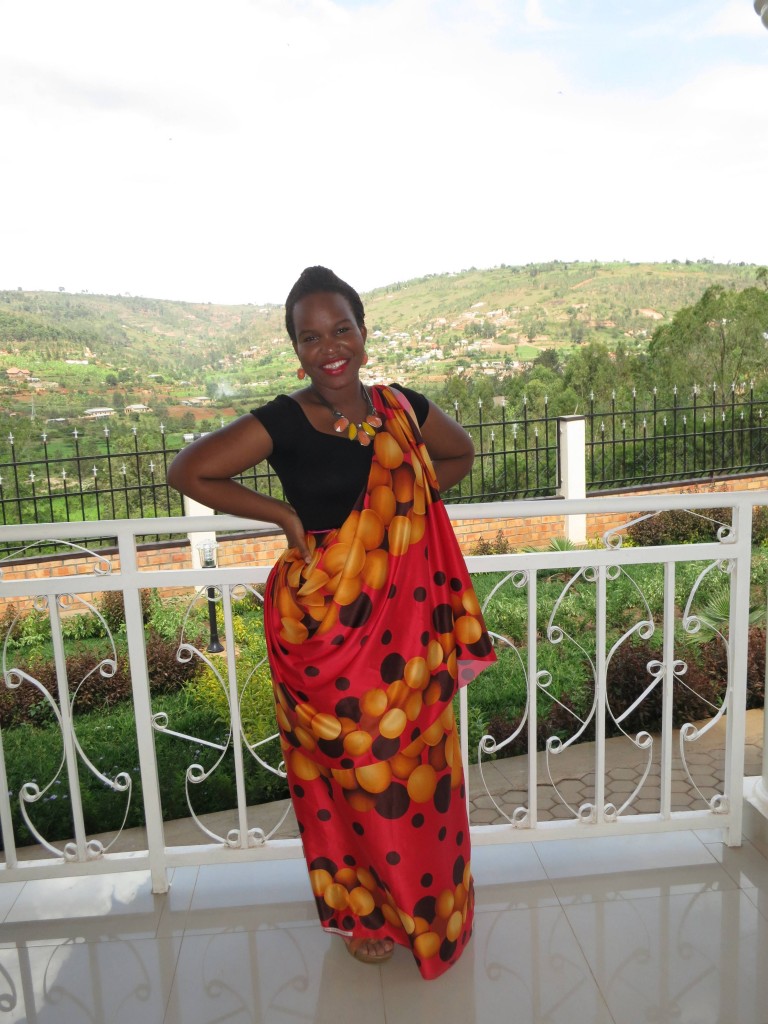
Second step: Attend the wedding
I’m told that Rwandan weddings traditionally have three parts: a traditional ceremony, a church service, and a civil ceremony. Yes, this is an all-day affair. During the traditional ceremony, three tents were arranged in a ‘U’ shape in a family member’s backyard – one tent each for the bride’s family, groom’s family, and other well wishers. The entire ceremony was in Kinyarwanda so I understood close to nothing. My understanding of what happened comes from a few translations during the ceremony, and asking lots of questions after.
First, individuals from the bride’s and groom’s families entered, all bearing gift baskets. Then a Rwandan dance troupe performed intore, the traditional Rwandan dance.
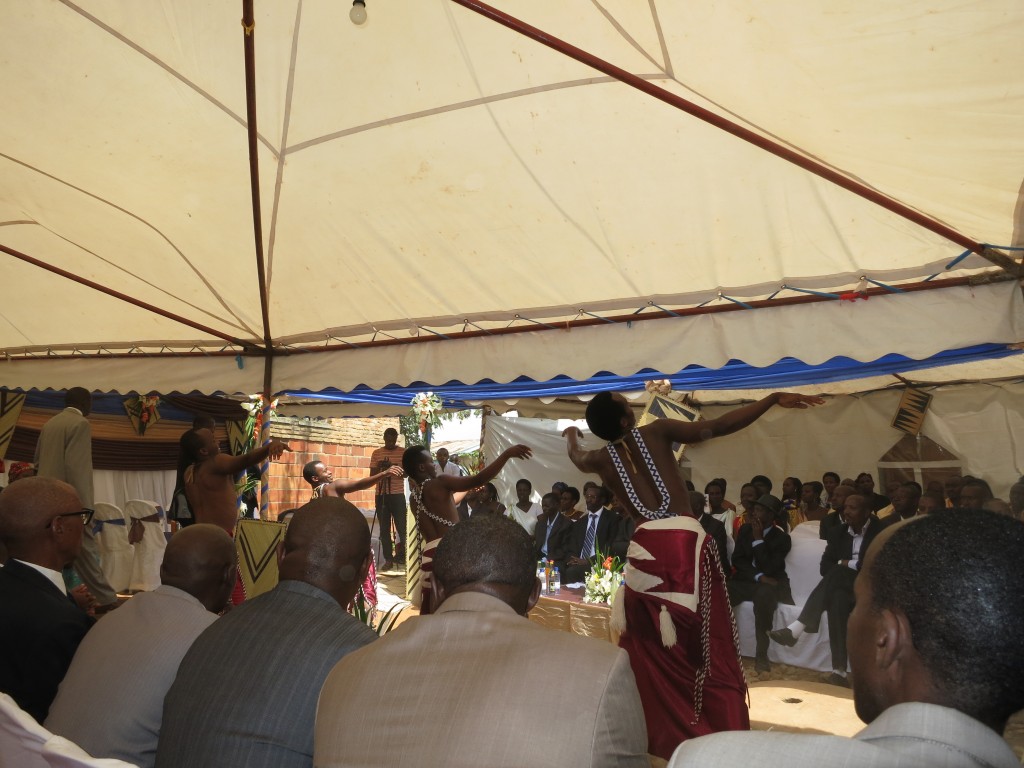
One older male from each family then approached the middle of the tent where they had a negotiation of sorts. During this time they discussed why the couple should marry, exchanged gifts and beverages, and discussed the dowry. I found it really interesting that the beverages of choice are alcohol and Fanta. How did Fanta become the wedding soda? I’m truly curious about this.
I gather that the dowry had already been settled and this “negotiation” was more for entertainment purposes. Traditionally the dowry is a mutually agreed upon number of cows, but apparently in urban areas people now accept the value of that number of cows since they have nowhere to put them. My friend asked us to pray that his sister would get the equivalent of ten cows (which she did).
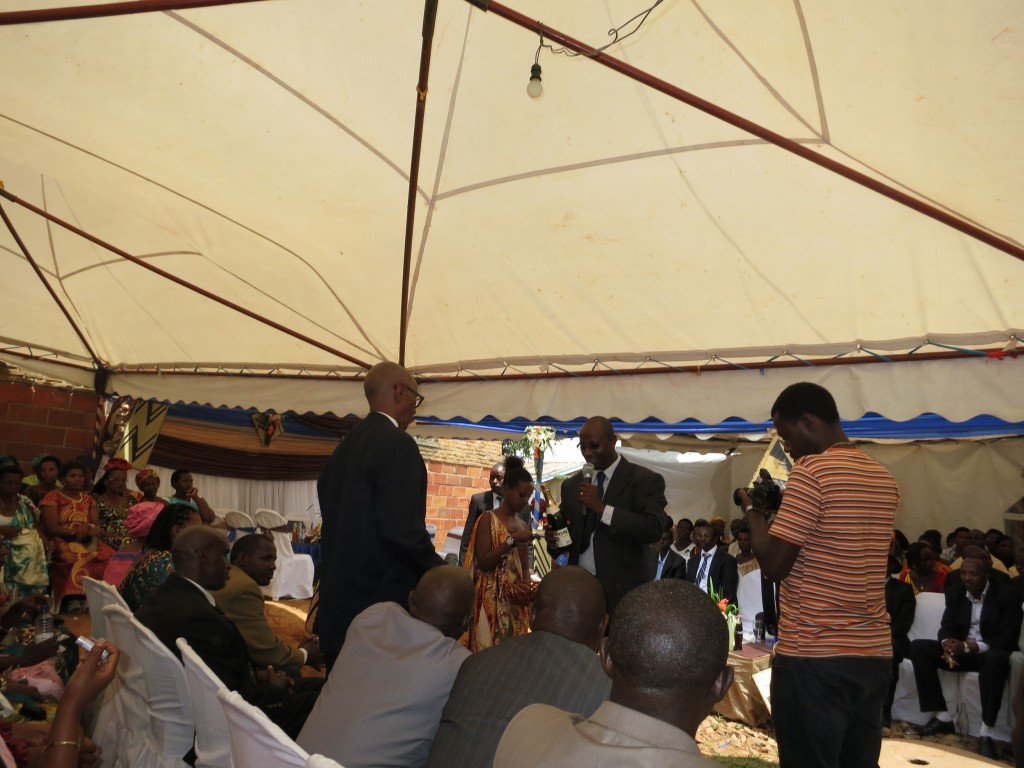
The proceedings were very jovial and they must have been quite funny because people were laughing throughout the entire exchange. My non-Kinyarwandan speaking self was mostly lost. After the elders came to an agreement, the bride entered the ‘U’ preceded by four spear men, female friends, and what appeared to be bridesmaids bearing gifts and refreshments.
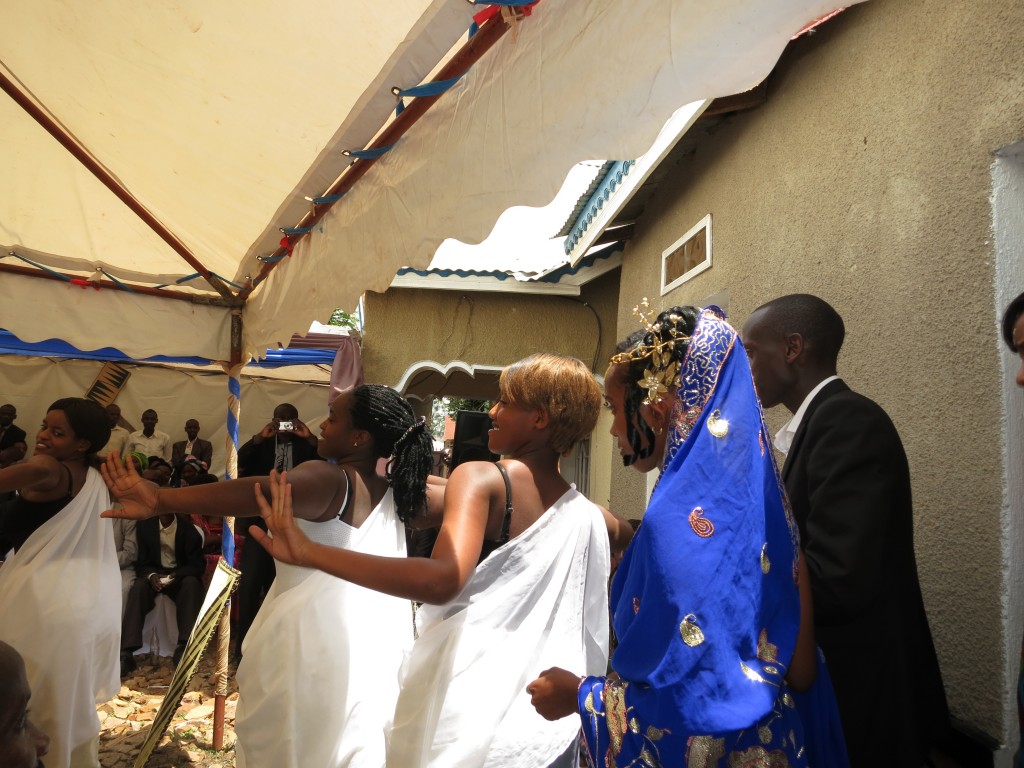
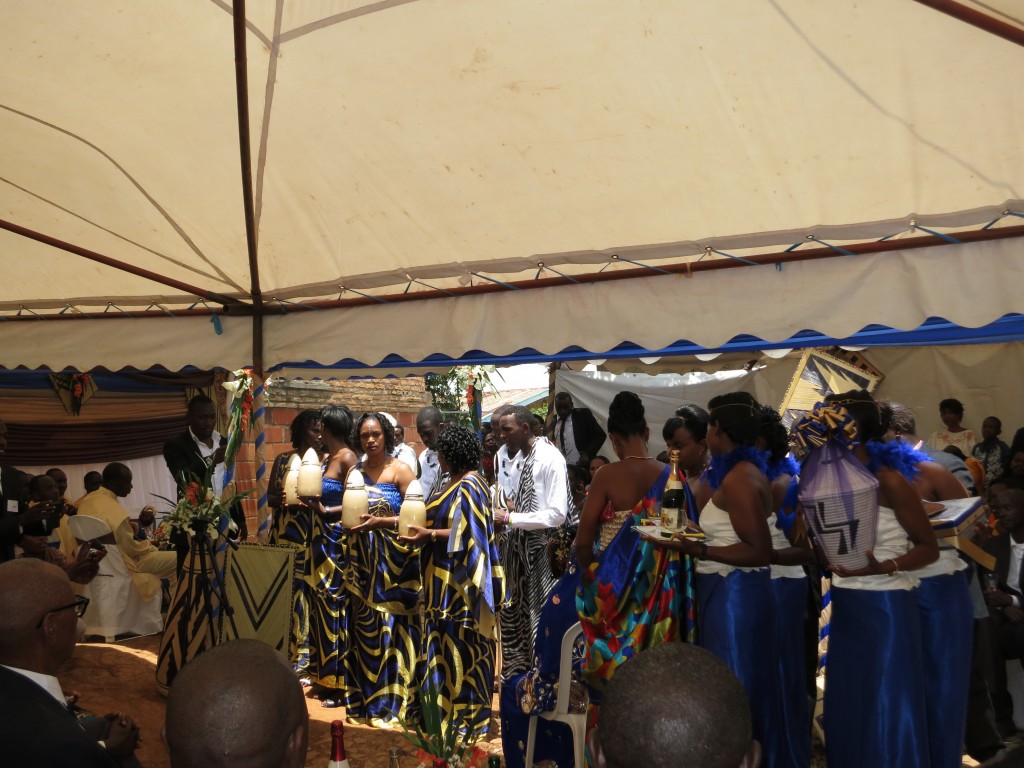
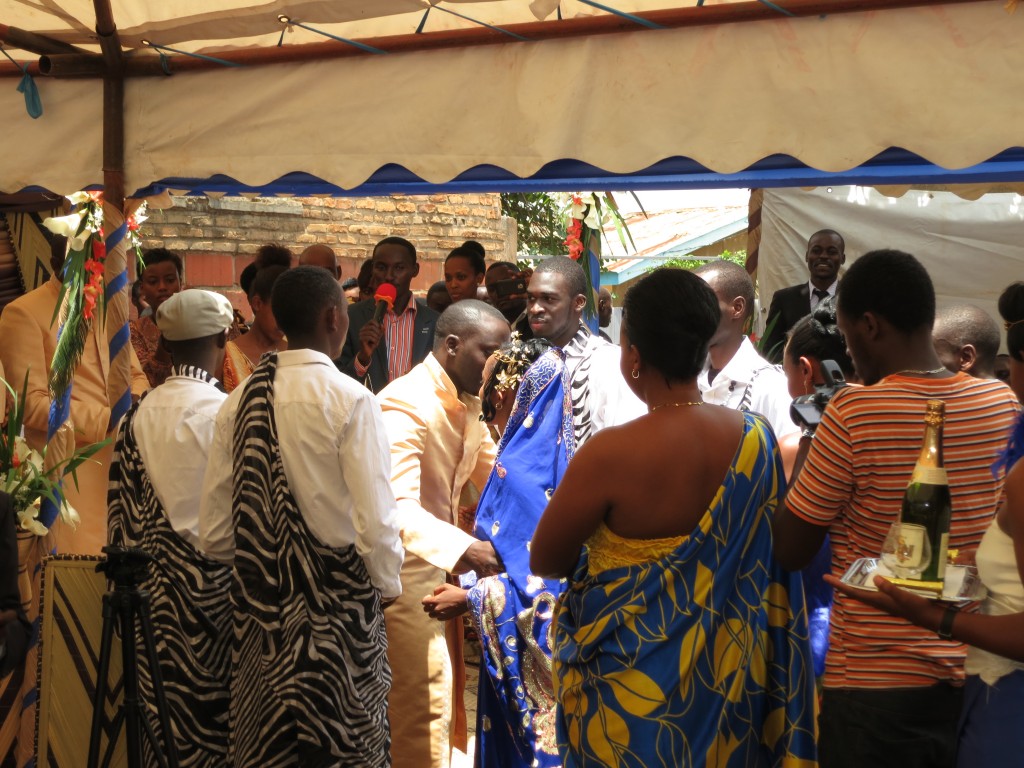
After the bride joined the groom up front, they went through some more ceremonial steps which I couldn’t see clearly from my vantage point. The bride and groom sat together, and we all ate lots of food,and then they lived happily ever after. The families changed outfits for ceremony #2. Right about that time my fatigue set in and I bid them adieu.
As September approaches, so is wedding season. I think I’ll utilize my next wedding invitation to check out ceremonies 2 and 3. I should probably do more research and stick closer to a translator 🙂

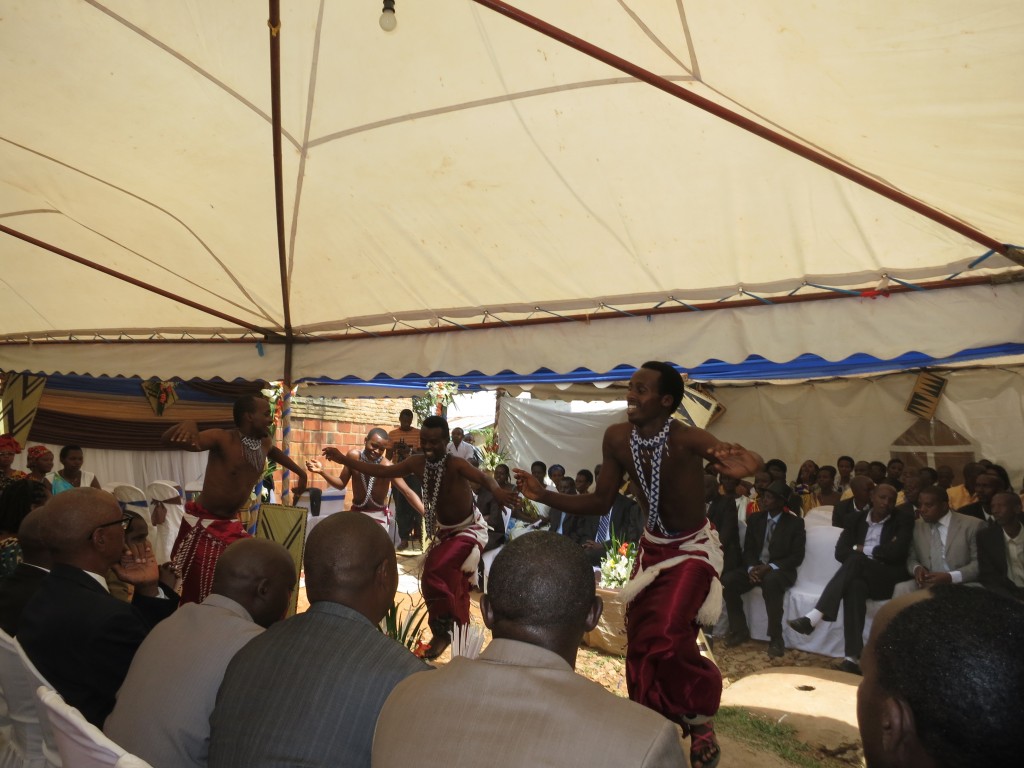
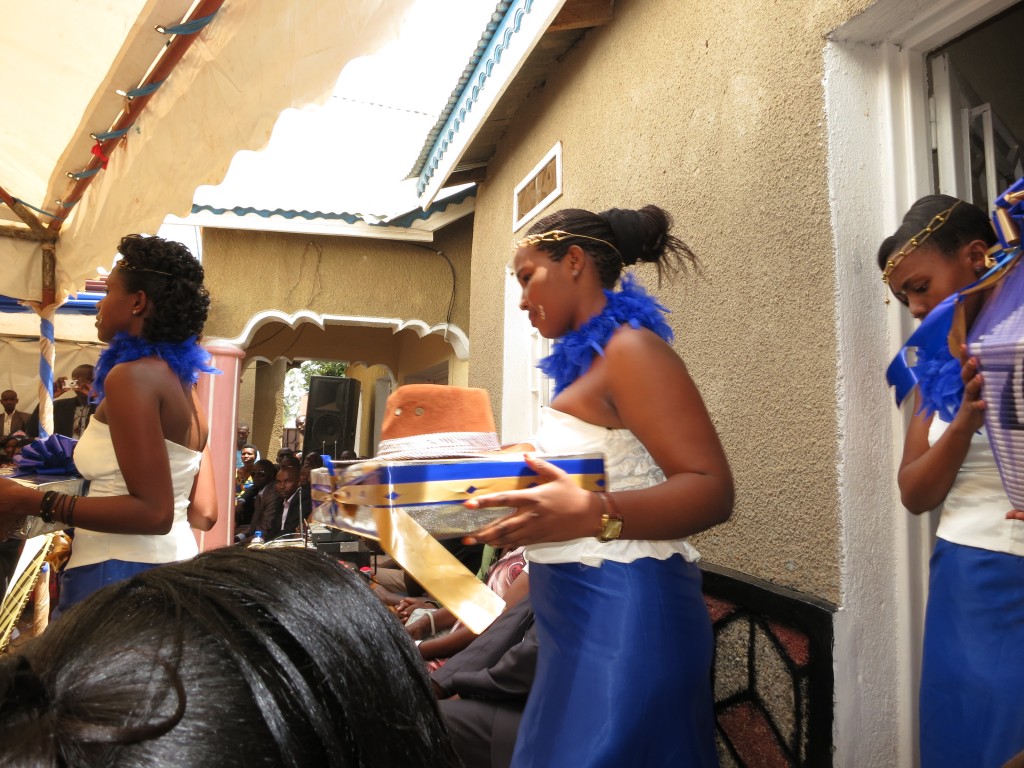
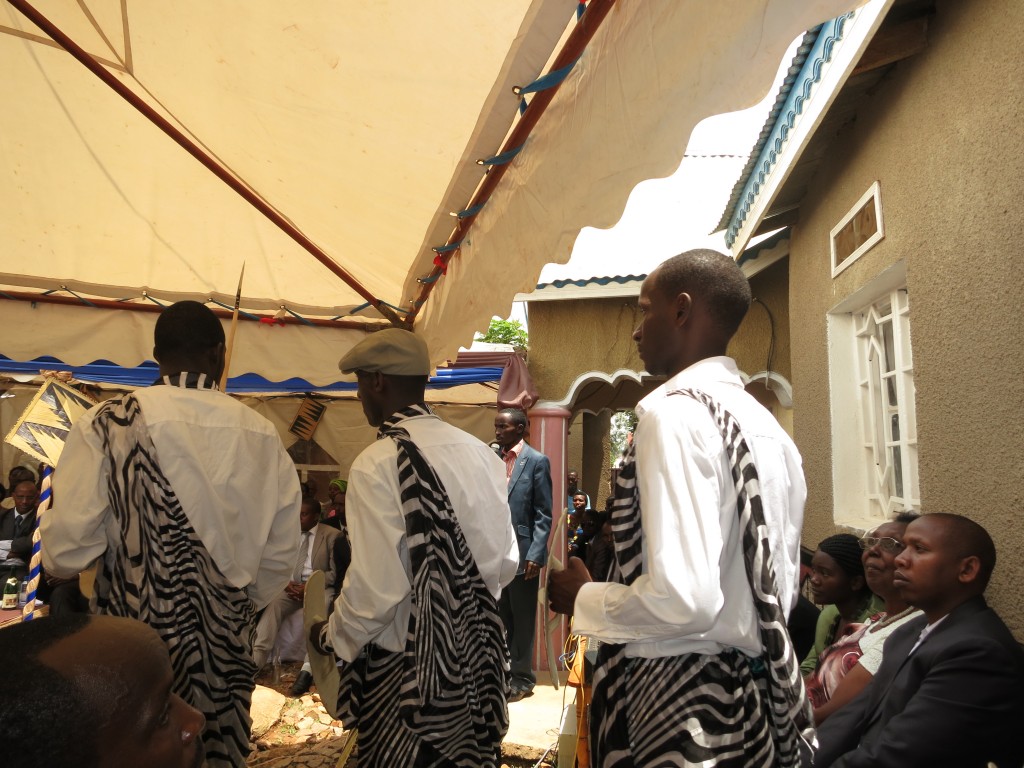








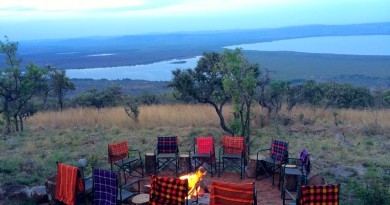
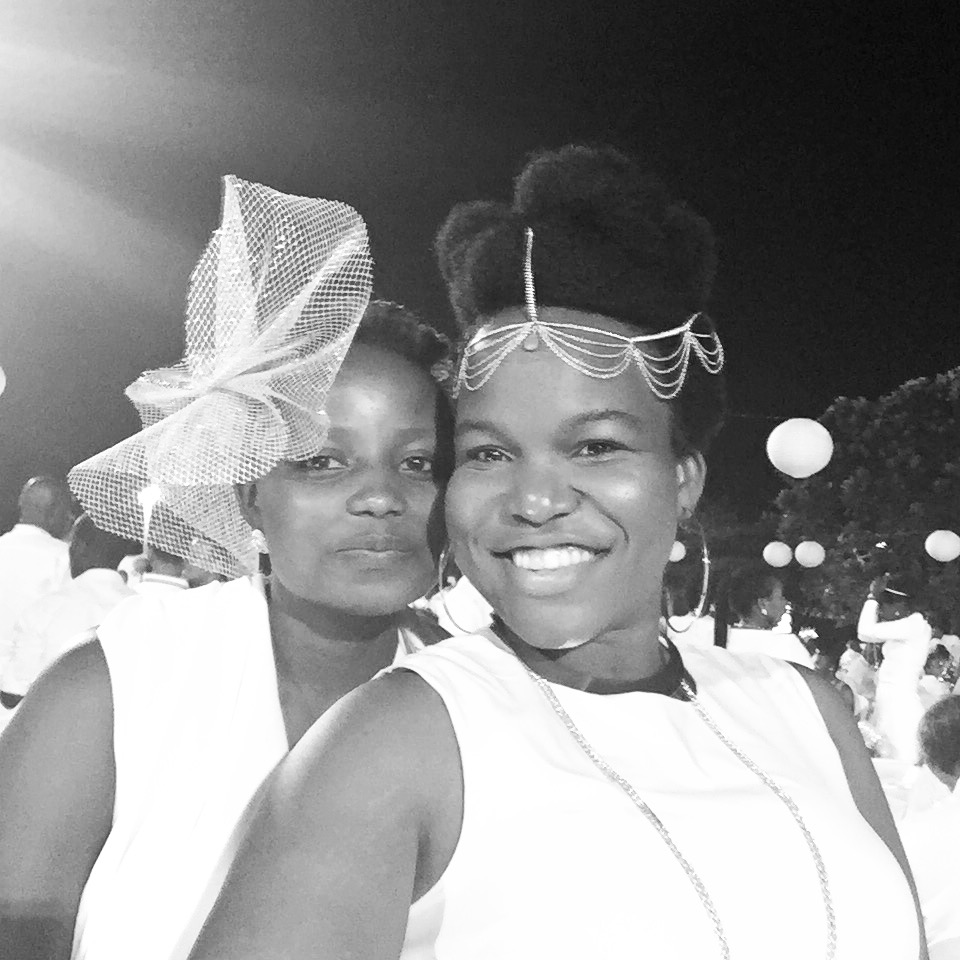
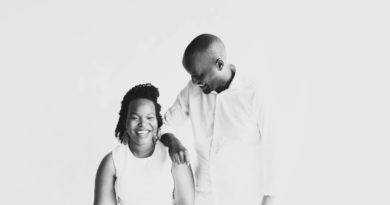
j love may country traditional wedding style
I love the story. I will definitely invite you in my wedding so that you get a complete picture.. hope you’ll be around next summer _July 9th (Save the date)
Albert 😉
Yay! I can’t wait. Thanks for the invitation 🙂
Again, soooo interesting! I am soooo living vicariously through you
Thanks, Rosie!
I’m loving these accounts of your experience. Keep them coming.
I will! Glad you’re enjoying them.